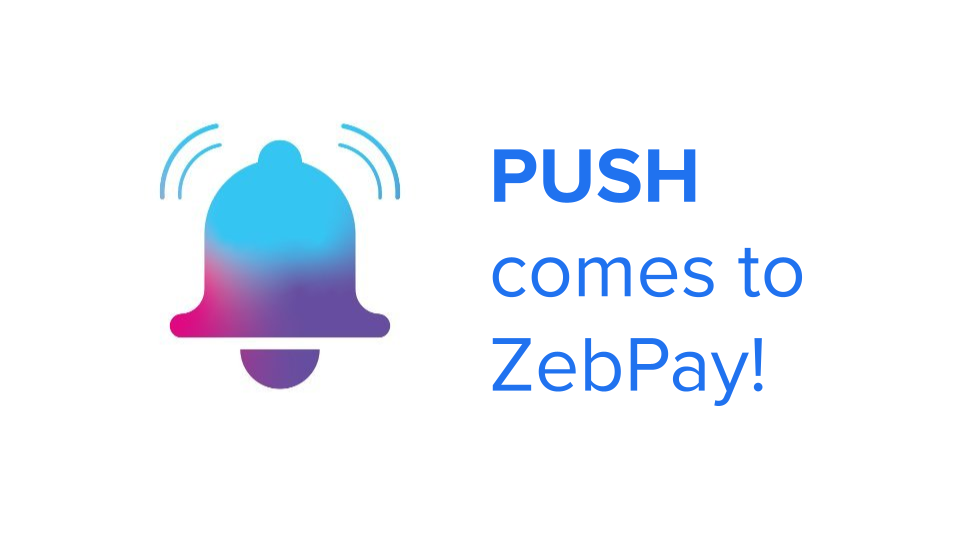Love them or hate them, push notifications are here to stay. They allow marketers to engage with their audience, while users receive the benefits of timely reminders. As the blockchain space continues to grow in scale and diversity, a need for decentralized communication is evident. While most communities have flourished on Twitter and Telegram, PUSH brings an improvement. With the Ethereum PUSH Notification Service, users will be able to receive notifications directly to their wallet addresses.
ENPS is an Indian blockchain startup, co-founded by Harsh Rajat and Richa Joshi in 2020. They envision an Ethereum protocol that will allow any dApp, service or smart contract to notify its users via their wallet addresses.
This cuts across the Android versus iOS divide, and can be delivered platform-agnostic. Irrespective of whether you choose to view your messages on a mobile, tablet, web app or via your favourite wallet; your PUSH notifications will reach you.
We often compare a person’s public key to their email address. With PUSH, that comparison becomes even more accurate.
Here’s the problem PUSH solves
In their litepaper, which we highly recommend reading, the EPNS team summarizes the pain points currently faced by Web 3.0 services, and how it results in missed events and important updates.
- On AAVE, Compound, and other DeFi protocols, users don’t learn about their loan
- liquidations until they manually check, since there is no way for users to receive
- notifications.
- Every time a trade order is placed on a DEX, the user is expected to manually check the
- service or their wallet address to see if the trade is completed or not.
- Inform users whenever their governance tokens can be used on important proposals.
A service such as this can find its way into every aspect of the blockchain ecosystem.
EPNS’s list of advisors and partners is a strong signal for the project’s potential. Polygon’s Sandeep Nailwal and Nischal Shetty from WazirX are listed as project advisors, while the list of partners reads like a who’s who in the crypto space.
Let’s focus on two specific use cases for PUSH – DEXes and lending protocols.
DEX users can be notified when the price of a token falls or rises a certain percentage. They can also set up notifications for when their trades are completed, rather than being forced to check back manually.
Lending protocol users can set up notifications to be informed when they are about to be liquidated, rather than needing to check in regularly to ensure. Liquidity providers can also set up notifications about impermanent loss in case they wish to cut their losses short during a volatile market. If DeFi users are interacting with a particularly young or untested protocol, they could set up notifications to inform them if large amounts of funds are being moved around in ways that could signal instability within that dapp.

